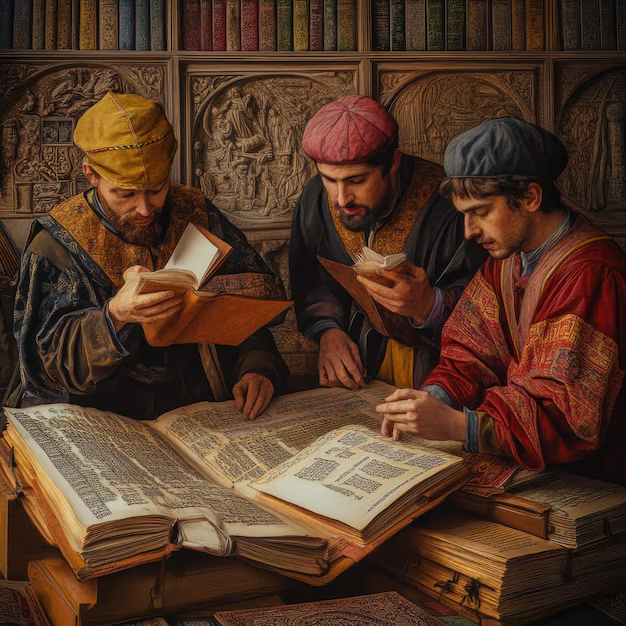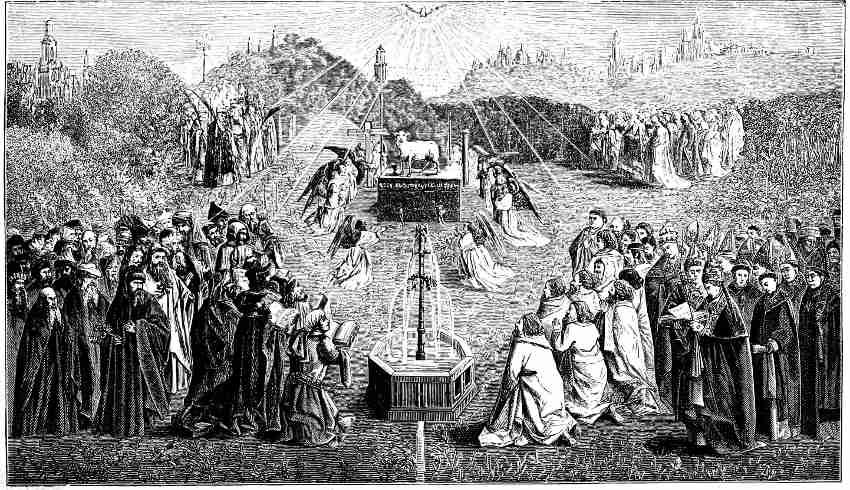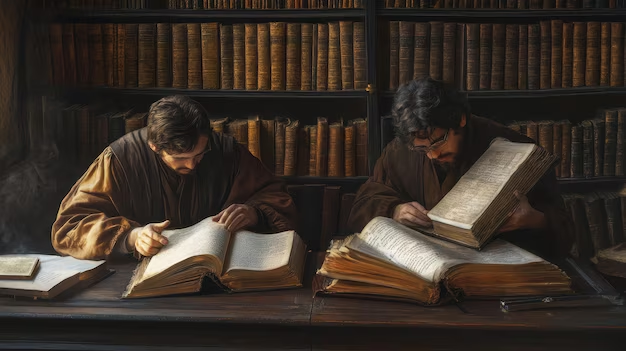
The Birth of Modern Algebra and Mathematical Exploration
The early 1500s were a bustling time for mathematics, laying the foundations for the discipline as we know it today. In 1506, Italian mathematician Giovanni Battista Benedetti began to turn heads with a fresh, systematic approach to solving equations. He was one of the first to use letters as placeholders for unknown quantities, paving the way for the future growth of algebra.
Meanwhile, Fibonacci’s influential book, *Liber Abaci*, originally published in 1202, gained renewed attention and reshaped trade and accounting practices with its clear introduction of the Hindu-Arabic numeral system.
Around the same time, Portuguese mathematician Pedro Nunes published crucial advancements in geometry that would significantly aid navigation, effectively linking mathematics with exploration.
Additionally, this period witnessed growing debates about the acceptance of negative numbers. Increasingly embraced by mathematicians, these numbers would eventually revolutionize various fields, including finance and physics.
All these remarkable developments were further spread thanks to the burgeoning printing press, which made mathematical ideas accessible to curious minds across Europe.
These pivotal moments from 1506 to 1507 laid the groundwork for numerous developments in mathematics, ultimately shaping the discipline and influencing future scholars and thinkers.

Navigating Numbers and Art : The Mathematical Awakening of the early 16th Century
Between 1503 and 1504, a quiet revolution was unfolding in the world of mathematics—one that would forever change how people understood numbers, shapes, and the world around them. In the heart of Renaissance Italy, Luca Pacioli, often hailed as the “Father of Accounting,” was putting the final touches on a remarkable work: Summa de Arithmetica, Geometria, Proportioni et Proportionalità. This wasn’t just a book; it was a treasure chest of mathematical knowledge, carefully organized to guide learners through the mysteries of arithmetic and algebra. Pacioli’s words laid a foundation that would support centuries of mathematical discovery.
Meanwhile, in a sunlit studio nearby, Leonardo da Vinci was breathing life into his art with the precision of a mathematician. With sketches filled with geometric shapes and careful measurements, Leonardo wove math into every brushstroke. His masterpieces weren’t only visually stunning—they were blueprints of proportion and symmetry, hinting at the deep relationship between art and science that would inspire engineers and artists long after.
At the same time, the invention of the printing press was spreading these new ideas faster than ever before. By 1503, mathematical texts found their way into the hands of eager minds across Europe—small sparks lighting a grand intellectual fire. This was an era when knowledge broke free from the walls of monasteries and palaces, traveling through the vibrant streets of European cities, fueling collaboration and innovation.
On the high seas, navigators faced the challenge of uncharted waters. For them, trigonometry was no longer just abstract theory—it became an indispensable tool for charting courses and mastering the oceans. The practical need for accurate measurement gave birth to the trigonometric functions that became the navigators’ trusted compass.
The years 1503 and 1504 were more than just dates on a calendar; they marked a time when mathematics stepped boldly from quiet study into vibrant application, setting in motion a journey of discovery that would shape our understanding of the universe for generations to come. The Renaissance was awakening not just art and culture, but the very logic of the world itself.

How Venice and Pacioli Sparked the Dawn of Modern Mathematics
Imagine strolling along the bustling canals of Venice in 1501, where the salty Mediterranean breeze carries the distant sounds of traders, scholars, and the clang of printing presses. Hidden within this city’s labyrinthine streets stood the workshop of Aldus Manutius, a visionary printer with ink-stained fingers and a mind fixed on revolutionizing knowledge itself.
One crisp morning, Manutius unveiled a brand-new manuscript—the illustrious “De arte combinatoria,” a weighty work by the famed mathematician and philosopher, Luca Pacioli. This was no ordinary book; for the first time, readers were invited into the vibrant world of combinatorial mathematics, a realm where numbers danced in endless patterns and possibilities. Pacioli’s treatise would soon lay the stepping stones for the great avenues of probability and game theory, igniting the imaginations of future generations.
As news of Pacioli’s text spread across Europe, another quiet revolution was brewing. For centuries, scholars had wrangled with Roman numerals, struggling to perform even the simplest calculations—imagine merchants computing profits or astronomers plotting the stars with nothing but cumbersome X’s and V’s!
But now, mathematical texts began to embrace the straightforward beauty of Hindu-Arabic numerals: 1, 2, 3, and beyond. These “new” digits were more than just symbols—they became the very foundation of modern mathematics, unlocking swifter commerce, sharper navigation, and more expansive scientific inquiry. Markets and classrooms alike buzzed with talk of these efficient numerals, their clarity promising to transform the way people calculated, traded, and envisioned the world.
Yet perhaps the most thrilling change of all was invisible to the eye—a revolution of words and ideas. Across Europe, diligent translators toiled over ancient Greek and Arabic manuscripts, bringing the works of Euclid, Archimedes, and other luminaries into Latin. As thick tomes passed from hand to hand, the minds of mathematicians sparked with newfound knowledge: geometry’s elegant proofs, the mysteries of ratios, and the secrets of classical science.
No longer were such concepts reserved for distant lands or long-lost scholars. Instead, the geometry of the ancients began to inform the architecture, engineering, and even the artistry of the Renaissance. Multiplication tables were standardized, methods for rapid calculation were taught, and the very foundations of education began to shift.
So it was that 1501 became a watershed year—a moment when Europe stepped boldly into the age of modern mathematics. The city of Venice became a beacon, Pacioli and Manutius its torchbearers. Hindu-Arabic numerals simplified life’s calculations, paving the way for commerce, scientific discovery, and even new art forms.